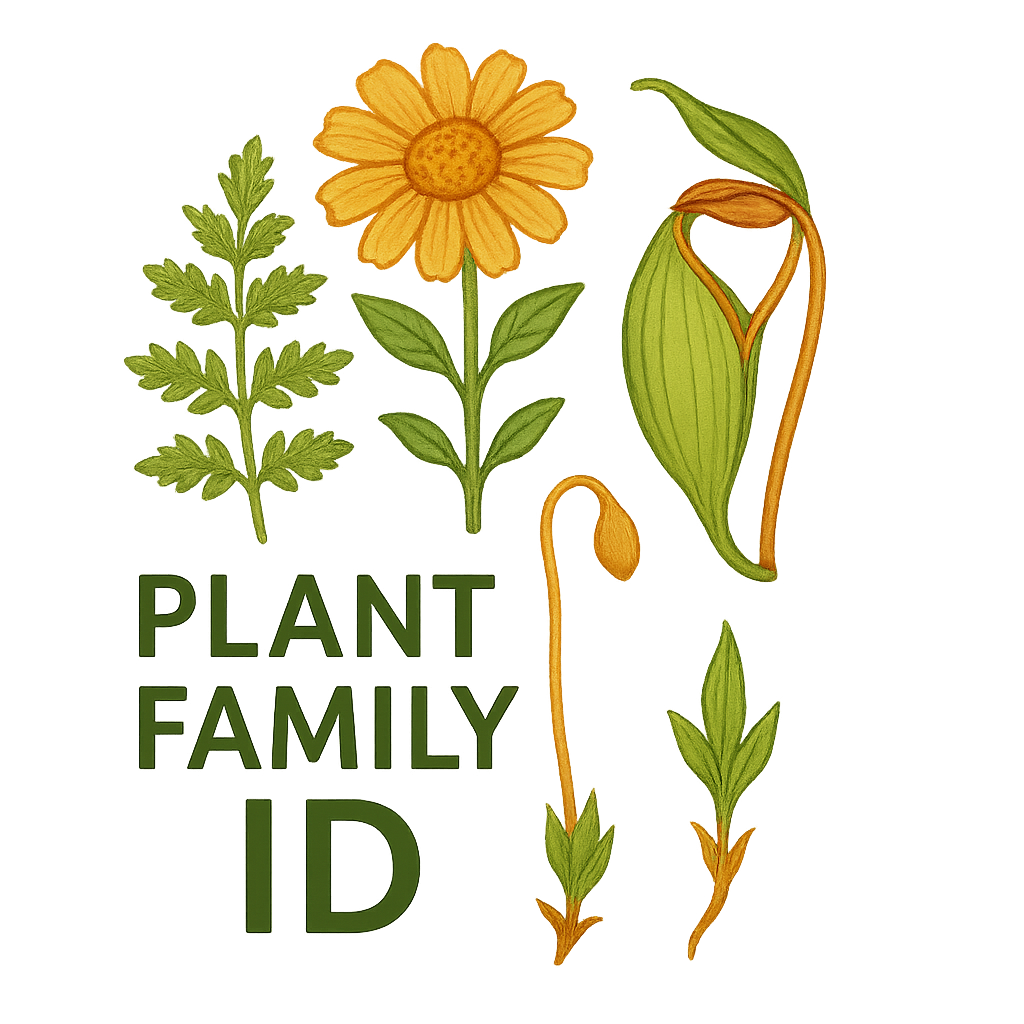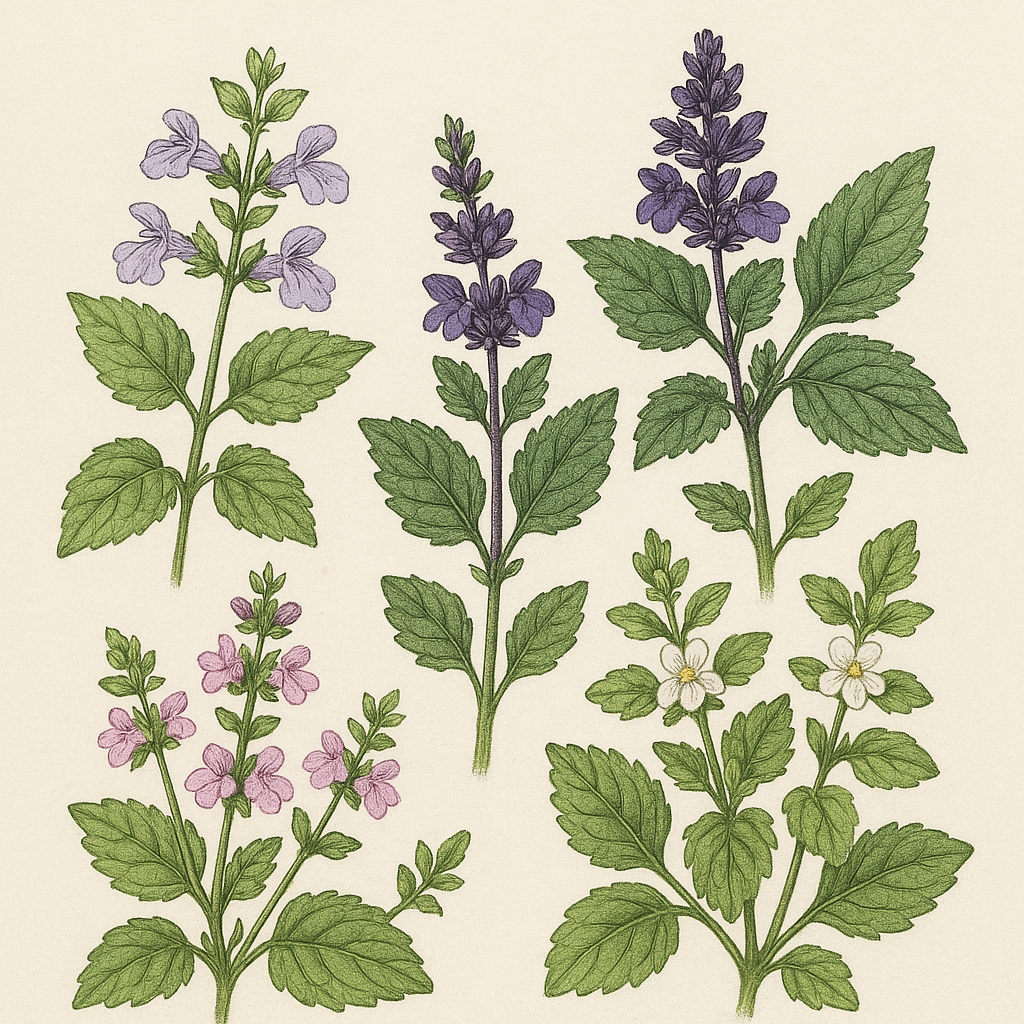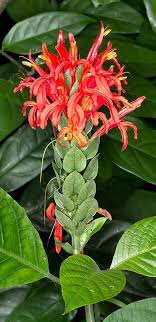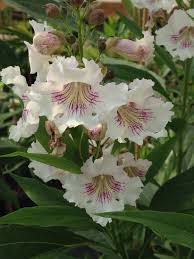Verbenaceae
Vervain Family
The Verbenaceae family includes herbs, shrubs, lianas, and trees, distributed mainly in tropical and subtropical regions, particularly the Americas. They typically have opposite or whorled leaves, often toothed margins, and flowers arranged in spikes, racemes, or heads. Flowers usually have fused petals forming a tube, often slightly irregular. The fruit is typically a drupe or a schizocarp splitting into nutlets. Many genera formerly included here are now placed in Lamiaceae.
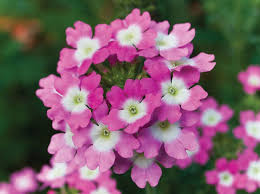
Overview
Verbenaceae, in its current, more narrowly defined sense, comprises about 30-35 genera and around 1000-1200 species. The family's center of diversity is in the New World tropics and subtropics, though it has representatives worldwide. Well-known members include vervains (Verbena), lantanas (Lantana), and lemon verbena (Aloysia citrodora).
Historically, Verbenaceae was much larger, but molecular phylogenetic studies led to the transfer of many genera (e.g., Clerodendrum, Tectona (teak), Vitex) to the Lamiaceae (Mint family) based on shared characteristics like ovary structure and style insertion. The remaining Verbenaceae are united by features such as a terminal style and fruit types that are often drupes or schizocarps.
Many species are cultivated as ornamentals (Verbena, Lantana, Glandularia), while others are sources of essential oils (Aloysia, Lippia) or timber (though the most famous timber genus, Tectona, is now in Lamiaceae). Some species, like Lantana camara, have become invasive weeds in tropical and subtropical regions worldwide.
Quick Facts
- Scientific Name: Verbenaceae
- Common Name: Vervain family
- Number of Genera: Approximately 30-35
- Number of Species: Approximately 1,000-1,200
- Distribution: Primarily tropical and subtropical, especially Americas; some temperate species.
- Evolutionary Group: Eudicots - Asterids - Lamiids - Order Lamiales
Key Characteristics
Growth Form and Habit
Diverse habits including annual and perennial herbs, shrubs, lianas (vines), and trees. Herbaceous species often have square stems, particularly when young, but this is less consistent than in Lamiaceae. Some genera are aromatic due to volatile oils.
Leaves
Leaves are usually simple, though sometimes palmately compound (e.g., in some Vitex species now often moved to Lamiaceae). Arrangement is typically opposite or whorled, rarely alternate. Leaf margins are often toothed, serrated, or lobed, sometimes entire. Stipules are absent.
Inflorescence
Inflorescences are variable but often determinate (cymose origin) appearing indeterminate. Common types include terminal or axillary spikes, racemes, panicles, or dense, head-like clusters (capitula). Bracts are usually present and can sometimes be colorful and conspicuous (e.g., in some Lantana).
Flowers
Flowers are typically bisexual and usually zygomorphic (bilaterally symmetrical), although sometimes only slightly so or nearly actinomorphic (radially symmetrical).
- Calyx: Persistent, tubular or bell-shaped, typically with 4 or 5 lobes or teeth.
- Corolla: Sympetalous (petals fused), forming a tube with typically 4 or 5 lobes. The corolla shape is often salverform (slender tube, abruptly flared limb) or funnelform, sometimes weakly two-lipped.
- Androecium: Stamens usually 4, typically didynamous (arranged in two pairs of unequal length), inserted on the corolla tube (epipetalous). Sometimes only 2 stamens are present, or rarely 5.
- Gynoecium: Ovary is superior, usually composed of 2 fused carpels. Initially often 2-locular, but frequently becoming 4-locular early in development due to the intrusion of false septa. Ovules typically 1 per apparent locule. The style is usually terminal (attached to the apex of the ovary) or sometimes slightly inset, typically slender with a 2-lobed stigma.
Fruits and Seeds
The fruit is typically fleshy or dry. Common types include:
- Drupe: A fleshy fruit with typically 2 or 4 hard pits (pyrenes) inside (e.g., Lantana, Duranta).
- Schizocarp: A dry fruit that splits into 2 or 4 one-seeded segments (nutlets or mericarps) at maturity (e.g., Verbena, Glandularia).
Seeds usually lack endosperm or have very little.
Chemical Characteristics
Plants in this family often produce iridoid glycosides, which can serve as defense compounds. Many species also produce volatile essential oils, particularly in genera like Aloysia (Lemon Verbena) and Lippia, contributing to their aromatic properties.
Field Identification
Identifying Verbenaceae involves looking at leaf arrangement, stem shape (in herbs), inflorescence type, flower structure (especially style position), and fruit type.
Primary Identification Features
- Leaves: Usually opposite or whorled, simple (rarely compound), no stipules.
- Stems (herbaceous): Often square in cross-section.
- Inflorescence: Often spikes, racemes, or heads.
- Flowers: Tubular corolla, often 4-5 lobed, sometimes slightly irregular. Typically 4 stamens.
- Ovary/Style: Superior ovary; style terminal (attached at the apex).
- Fruit: Drupe (fleshy with pits) or schizocarp (dry, splitting into 2 or 4 nutlets).
Secondary Identification Features
- Aroma: Some genera are aromatic when leaves are crushed (Aloysia, Lippia).
- Calyx: Persistent, often visible enclosing or subtending the fruit.
- Habitat: Diverse, from disturbed areas and roadsides to forests and grasslands, common in warmer regions.
Seasonal Identification Tips
- Flowering Season: Varies by region; typically summer and fall in temperate zones, potentially year-round or seasonally in tropics/subtropics.
- Fruiting Season: Fruits develop after flowering and can aid identification (drupe vs. splitting nutlets).
- Vegetative Season: Opposite/whorled leaves and square stems (in herbs) are useful vegetative clues.
Common Confusion Points
Verbenaceae is most easily confused with its close relative, Lamiaceae:
- Lamiaceae (Mint family): Very similar habit and leaves (opposite/whorled, often square stems, often aromatic). Key differences: Lamiaceae typically has strongly 2-lipped flowers, a gynobasic style (arising from the base between the 4 deep lobes of the ovary), and fruit consistently splitting into 4 distinct nutlets.
- Acanthaceae (Acanthus family): Often have opposite leaves and zygomorphic flowers, but frequently possess conspicuous bracts, different floral symmetry details, and fruits that are typically explosive capsules.
- Bignoniaceae (Trumpet Creeper family): Mostly woody plants (vines, trees), often with compound leaves, large showy flowers, and fruits that are typically elongated capsules with winged seeds.
- Scrophulariaceae sensu lato / Plantaginaceae: These families in Lamiales can have similar habits, but differ in details of floral symmetry, stamen number, ovary structure, and fruit type (often capsules).
The terminal style and fruit type (drupe or schizocarp, not consistently 4 nutlets from a deeply lobed ovary) are key features distinguishing Verbenaceae from Lamiaceae.
Field Guide Quick Reference
Look For:
- Opposite/whorled leaves
- Square stems (often in herbs)
- Flowers in spikes, racemes, heads
- Tubular corolla (4-5 lobes)
- Superior ovary
- Terminal style
- Fruit: drupe or splitting into 2/4 nutlets
Key Variations:
- Habit (herb, shrub, tree, liana)
- Inflorescence type
- Flower symmetry (nearly regular to irregular)
- Fruit type (drupe vs. schizocarp)
- Presence/absence of aroma
Notable Examples
Includes popular garden plants and aromatic species.

Verbena spp.
Vervains
A genus of annual and perennial herbs, often with toothed or lobed leaves and flowers typically borne in terminal spikes. Flowers are small, tubular, 5-lobed. Fruit is a schizocarp splitting into 4 nutlets. Includes native wildflowers and cultivated varieties (though many garden "verbenas" are now in Glandularia).

Lantana camara
Lantana / Shrub Verbena
A widely cultivated (and often invasive) shrub known for its dense, head-like clusters of small flowers that often change color as they age (e.g., yellow to orange to red). Leaves are opposite, simple, toothed, and rough-textured. Fruit is a small, fleshy drupe, turning dark purple/black when ripe.

Glandularia spp.
Mock Vervains
Closely related to Verbena and includes many popular garden "verbenas." Often low-growing or trailing herbs with showy flowers in flattened or elongated clusters. Distinguished from true Verbena by technical characters like chromosome number and pollen structure. Fruit splits into 4 nutlets.

Aloysia citrodora
Lemon Verbena
A shrub native to South America, cultivated for its intensely lemon-scented leaves (used in teas and cooking). Leaves are typically whorled, lance-shaped, and entire or slightly toothed. Produces small, whitish or pale lilac flowers in slender terminal panicles.
Phylogeny and Classification
Verbenaceae belongs to the large and diverse order Lamiales, situated within the lamiid clade of asterids. This order includes many familiar plant families known for often having opposite leaves, fused petals (sympetalous corollas), and superior ovaries.
The circumscription of Verbenaceae has undergone significant changes based on molecular phylogenetic evidence. Many genera traditionally placed here (based on superficial similarities like opposite leaves and head-like inflorescences) were found to be more closely related to Lamiaceae. These genera (including important ones like Tectona, Vitex, Clerodendrum, Callicarpa, Avicennia) share key features with Lamiaceae, such as a gynobasic style and fruits consistently splitting into four nutlets. The remaining Verbenaceae form a distinct, well-supported clade characterized primarily by a terminal style and often drupaceous fruits or schizocarps not derived from a deeply 4-lobed ovary.
Position in Plant Phylogeny
- Kingdom: Plantae
- Clade: Angiosperms (Flowering plants)
- Clade: Eudicots
- Clade: Asterids
- Clade: Lamiids
- Order: Lamiales
- Family: Verbenaceae
Evolutionary Significance
Verbenaceae, even in its narrower sense, represents an important lineage within the Lamiales:
- Diversification in Lamiales: Contributes to the vast diversity of floral forms, pollination strategies, and fruit types within the order.
- Phylogenetic Reclassification: The history of Verbenaceae's classification exemplifies how molecular data has reshaped understanding of family boundaries and evolutionary relationships.
- Ecological Roles: Includes important nectar sources for pollinators and plants adapted to various habitats, from grasslands to forests.
- Economic Importance: Contains numerous popular ornamental plants and species valued for essential oils.
- Invasiveness: Some species, like Lantana camara, demonstrate high adaptability and invasive potential, providing case studies in plant ecology and management.
